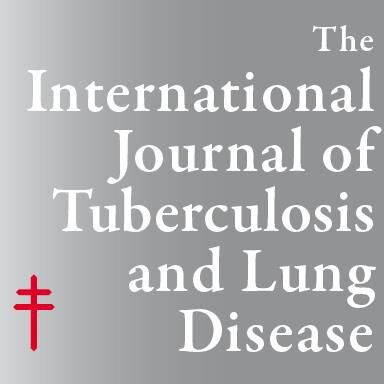Evaluation of seven tests for the rapid detection of multidrug-resistant tuberculosis in Uganda

Citation: Bwanga, F., Joloba, M., Haile, M., & Hoffner, S. (2010). Evaluation of seven tests for the rapid detection of multidrug-resistant tuberculosis in Uganda. The International Journal of Tuberculosis and Lung Disease : The Official Journal of the International Union against Tuberculosis and Lung Disease, 14, 890–895.
Abstract: SETTINGS: National Tuberculosis (TB) Reference Laboratory and Department of Medical Microbiology, College of Health Sciences, Makerere University, Kampala, Uganda.
OBJECTIVE: To evaluate head-to-head rapid tests for drug susceptibility testing (DST) of Mycobacterium tuberculosis against rifampicin (RMP) and isoniazid (INH) in a resource-limited setting.
METHODS: Thirty-one well-characterised strains of M. tuberculosis were tested with the nitrate reductase assay (NRA), microscopic observation drug susceptibility (MODS), MGIT™ 960 (Mycobacterium Growth Indicator Tube 960), Genotype® MTBDRplus, Alamar blue, MTT and resazurin assays. The proportion method on Löwenstein-Jensen medium was used as the reference test.
RESULTS: NRA correctly identified the resistant strains, with 100% sensitivity and specificity. MGIT 960 detected all multidrug-resistant strains but missed one RMP-monoresistant strain. Genotype MTBDRplus detected all RMP-resistant strains, but the sensitivity for detection of INH resistance was lower (88%). Sensitivity and specificity ranged from 86% to 100% for MODS and from 57% to 100% for the Alamar blue, MTT and resazurin assays. Test results were obtained within 2–14 days.
CONCLUSION: In the study setting, NRA, MGIT 960 and Genotype MTBDRplus gave excellent detection of multidrug-resistant tuberculosis, with significantly shorter time to results compared to conventional testing.
OBJECTIVE: To evaluate head-to-head rapid tests for drug susceptibility testing (DST) of Mycobacterium tuberculosis against rifampicin (RMP) and isoniazid (INH) in a resource-limited setting.
METHODS: Thirty-one well-characterised strains of M. tuberculosis were tested with the nitrate reductase assay (NRA), microscopic observation drug susceptibility (MODS), MGIT™ 960 (Mycobacterium Growth Indicator Tube 960), Genotype® MTBDRplus, Alamar blue, MTT and resazurin assays. The proportion method on Löwenstein-Jensen medium was used as the reference test.
RESULTS: NRA correctly identified the resistant strains, with 100% sensitivity and specificity. MGIT 960 detected all multidrug-resistant strains but missed one RMP-monoresistant strain. Genotype MTBDRplus detected all RMP-resistant strains, but the sensitivity for detection of INH resistance was lower (88%). Sensitivity and specificity ranged from 86% to 100% for MODS and from 57% to 100% for the Alamar blue, MTT and resazurin assays. Test results were obtained within 2–14 days.
CONCLUSION: In the study setting, NRA, MGIT 960 and Genotype MTBDRplus gave excellent detection of multidrug-resistant tuberculosis, with significantly shorter time to results compared to conventional testing.
Author(s): The International Journal of Tuberculosis and Lung Disease
Year: 2010
Language: English
Region(s): UGANDA
Resource Type: Journal Articles
Source: Other
Filed under: Drug-resistant TB, Evaluation, Journal Article, mdr-tb, multidrug-resistant TB, Mycobacterium, Research, Uganda
